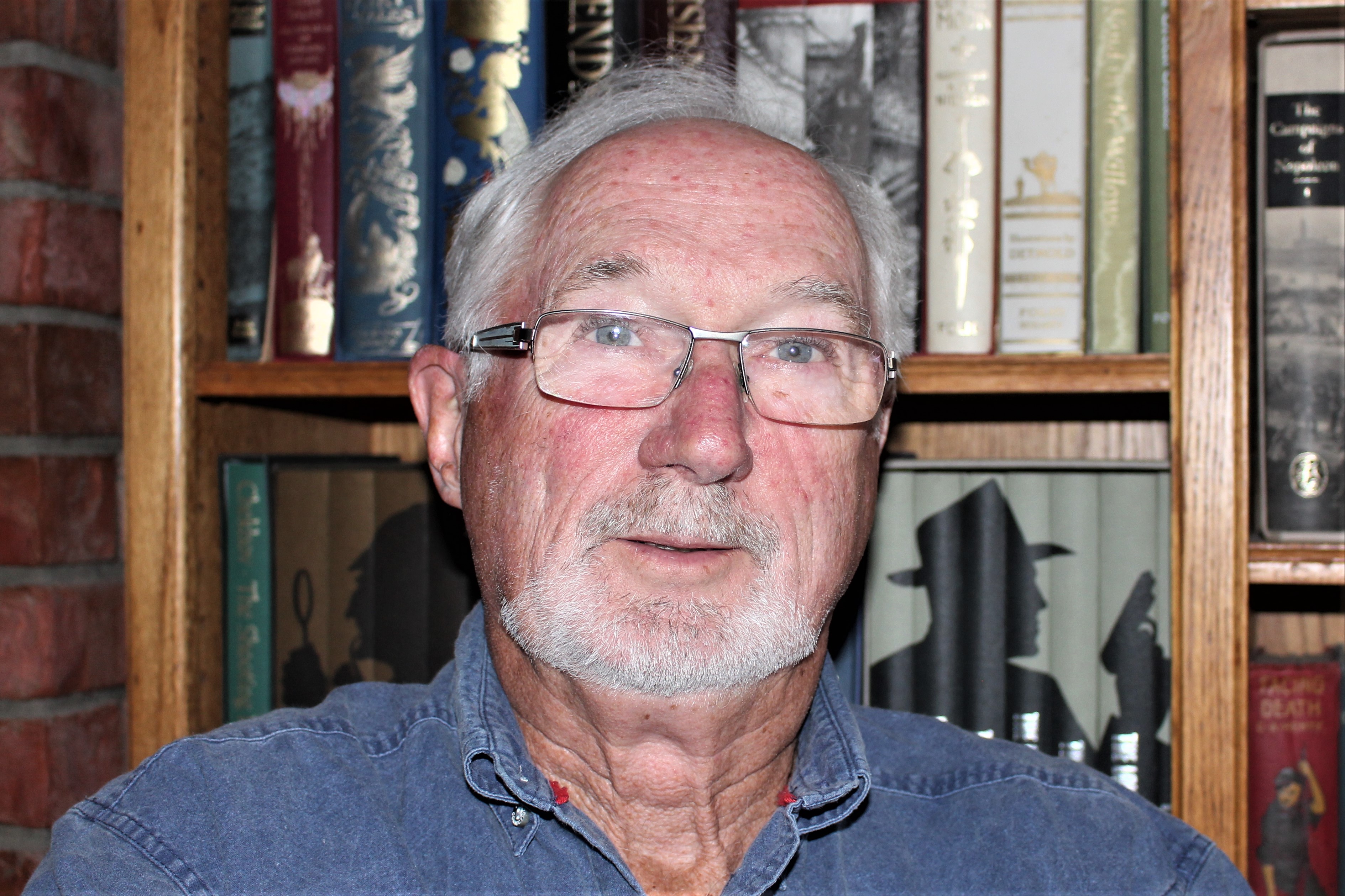
The Atheling Chronicles , Book #4
Historical Fiction
Date Published: 11-12-2023
Publisher: Tirgearr Publishing
In 1030 C.E., Cnute, king of England, Denmark, and Norway, sends Harald,
his middle son, to the Kingdom of Dublin to meet with his Norse-Irish
allies. Harald’s mission is to coordinate an invasion of the northern
Welsh kingdom of Gwynedd, to replace King Rhydderch who is growing too
powerful on England’s borders. Harald is reluctant to be involved in
affairs of state, but agrees to go, even though his beloved wife, Selia, is
unwell. Harald tells Selia he will not have to take part in the
fighting.
While she waits for Harald to return, Selia and her friend Gudrun befriend
a young and attractive gleeman (poet-minstrel). When the gleeman is accused
of a crime, Selia seeks witnesses in his defense.
Harald becomes involved in a conflict with Dublin’s neighbor, and to
appease the king of Dublin, he commits to leading their combined forces in
the attack on Wales. The plan is to replace King Rhydderch with Iago, the
weaker King of Anglesey. The more Harald learns of these monarchs, the more
his allegiance leans toward the man he has been sent to kill.
Will Harald unseat a strong and just ruler to carry out his
father/king’s commands, or will he tread a more righteous road, which
will destroy the life he and Selia have built in England?
EXCERPT
The rain beat upon the thatch of Gwyn and Gudrun’s new hall, running off in rivulets that wet-tapped the ground in a thousand places on each side. The evening fire in the hall’s center warmed the occupants where they sat upon benches finishing the evening meal. The woodsmoke rose just well enough to find the smoke hole in the roof. The tang of the smoke was as natural as to them as the smell of the brook trout caught that day. This night all savoured barley-bread hearthcakes and a hearty pottage to which the fish chunks had been added. With Gudrun, Meleri, Selia, and their guest, three hirelings and their small families shared the meal. Two older children sat with Meleri. The housecarls Gunnar and Geir joined the gathering, while Sture acted as wardmann, watching through a watery curtain that dripped relentlessly from the roof of an out-building.
“Tell me, Trygve,” Selia said, scooping the pottage with her chunk of hearthcake, “why are you known as Trygve det Kostbar, ‘Trygva the Precious’?”
The ale-scop finished drinking from the horn of ale that was going round and passed it to another. “It is not always the best names that attach themselves. Whether it was originally a jest, I know not, but where I grew up in Jórvik, there was more than one Trygve. They say I was an attractive and well-behaved child and folk called me “Precious.”
“Not because of self-love?” Selia shot a knowing glance to Gudrun, who stifled a laugh.
“I…” Trygve began to speak but probably decided against defending himself. “No, I think not.”
“And what were the other Trygves called?” Gudrun asked with a barely hidden smile.
“Trygve Bent Nose,” Selia suggested.
“Trygve Small Balls?” said Gudrun.
“Trygve Cat Whiskers?” Selia added. By now the women laughed with abandon and even the children joined in.
“Trygve Dog Shit?” said the young boy, Cerdic.
To his credit, Trygve the Precious laughed along with everyone.
The jibing continued until everyone’s wits became stale and the names less clever.
“Well, Trygve,” said Gudrun. “It is a wise man who can laugh when the jest targets him,”
“An ale-scop would soon be unwelcome if he took offence at every fire he shared.”
About the Author

Garth Pettersen is an award-winning Canadian writer living in the Fraser
Valley near Vancouver, BC, where he and his wife board horses. Pettersen has
a BA in History from the University of Victoria and is a retired teacher.
His short stories have appeared in anthologies and in journals such as Blank
Spaces, The Spadina Literary Review, and The Opening Line Literary ‘Zine.
Garth Pettersen’s historical fiction series, The Atheling Chronicles, is
published by Tirgearr Publishing and is available on most online
outlets.
Contact Links
Website
Facebook
Twitter
Goodreads
Purchase Links
Amazon
Barnes and Noble
Kobo
iBooks
Smashwords
a Rafflecopter giveaway


